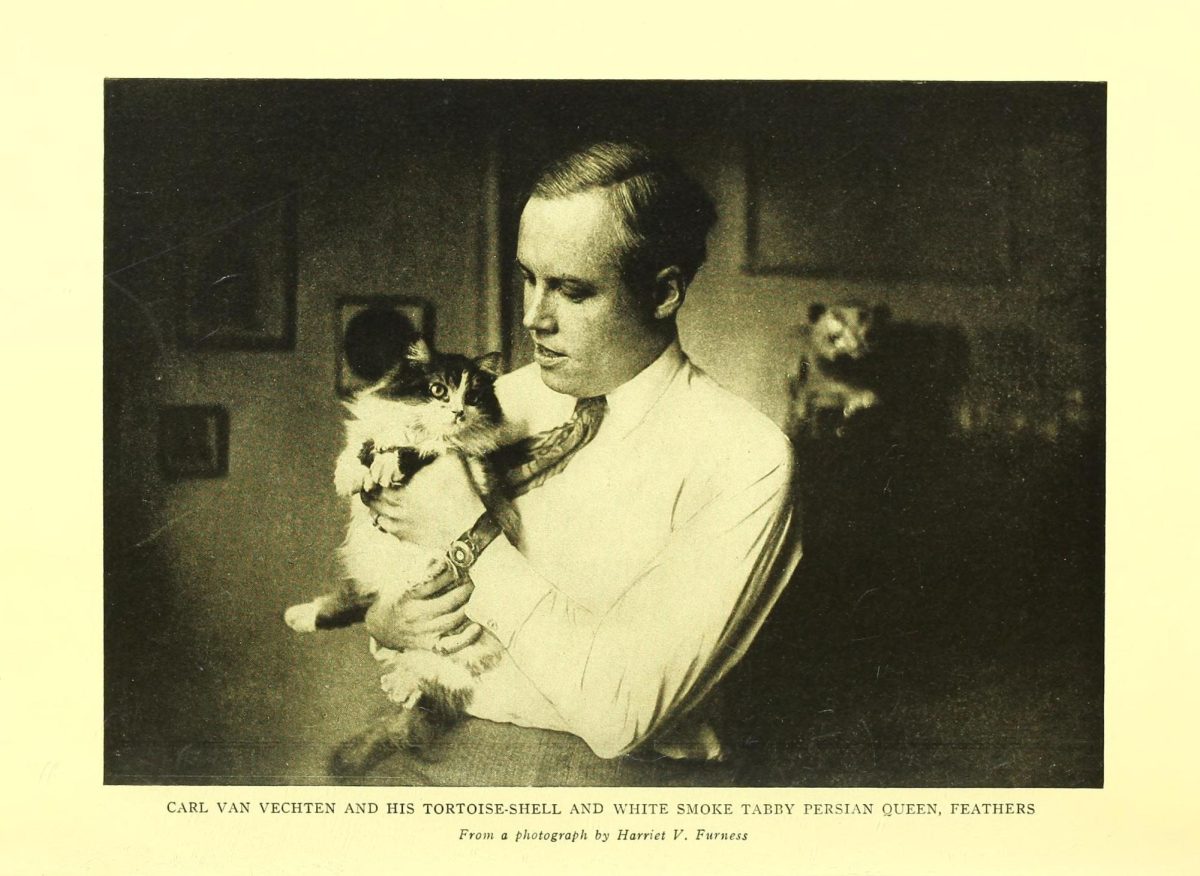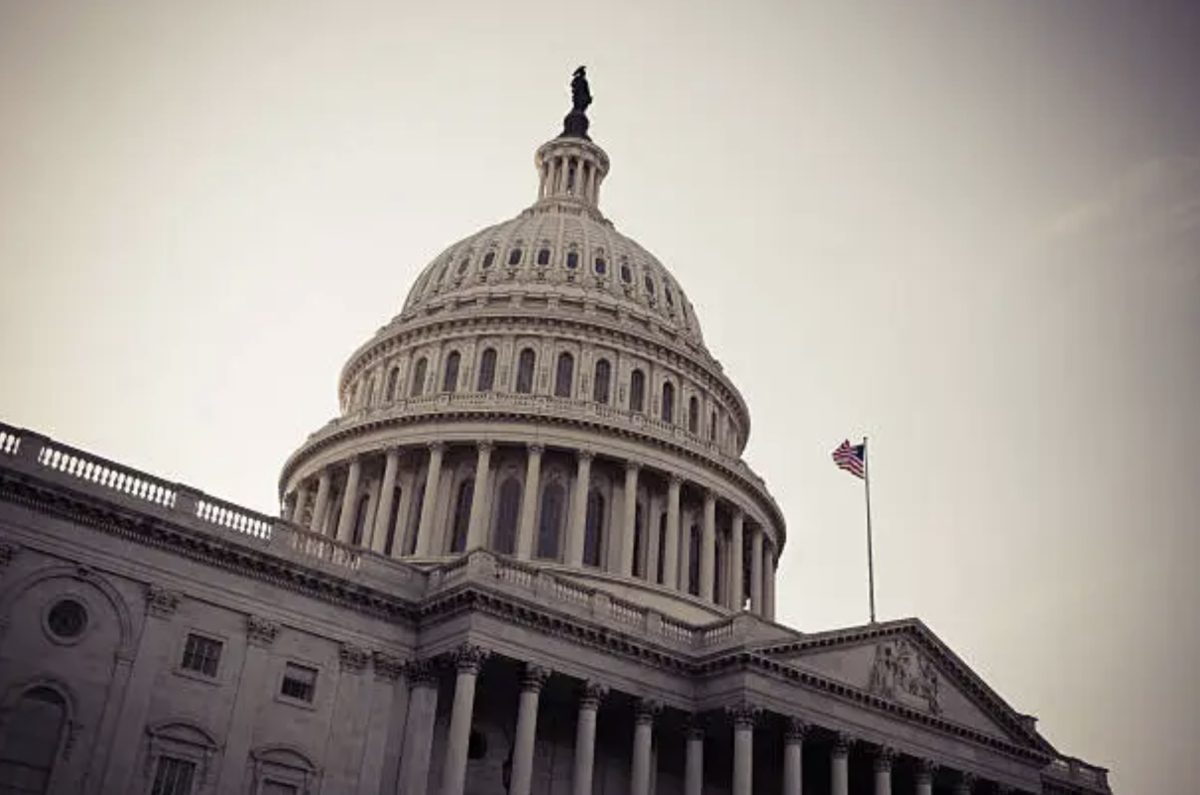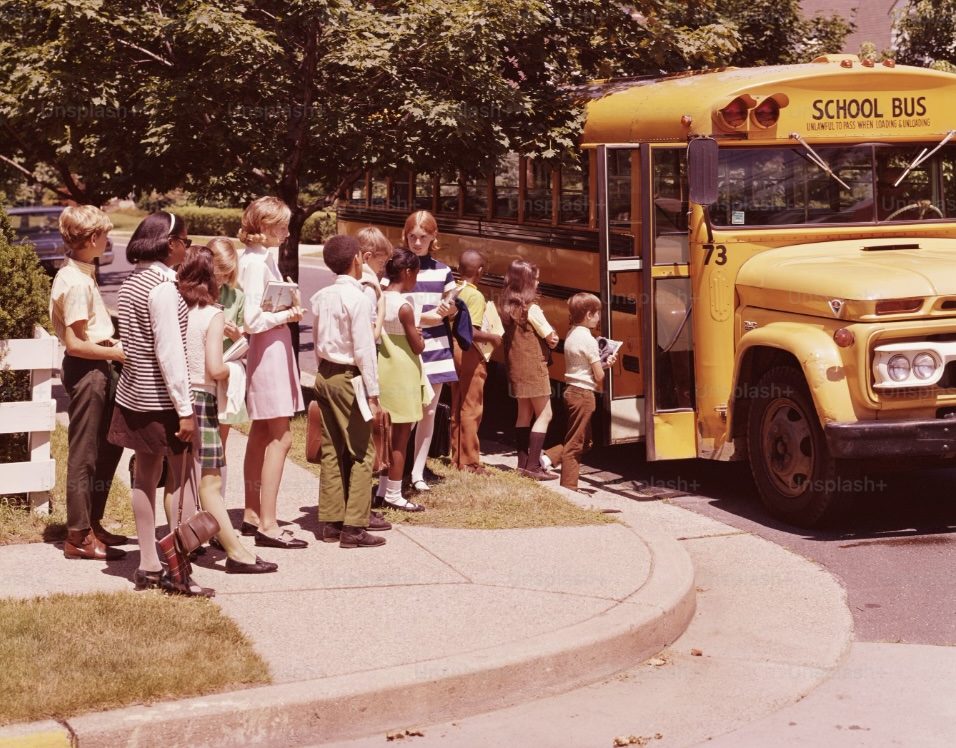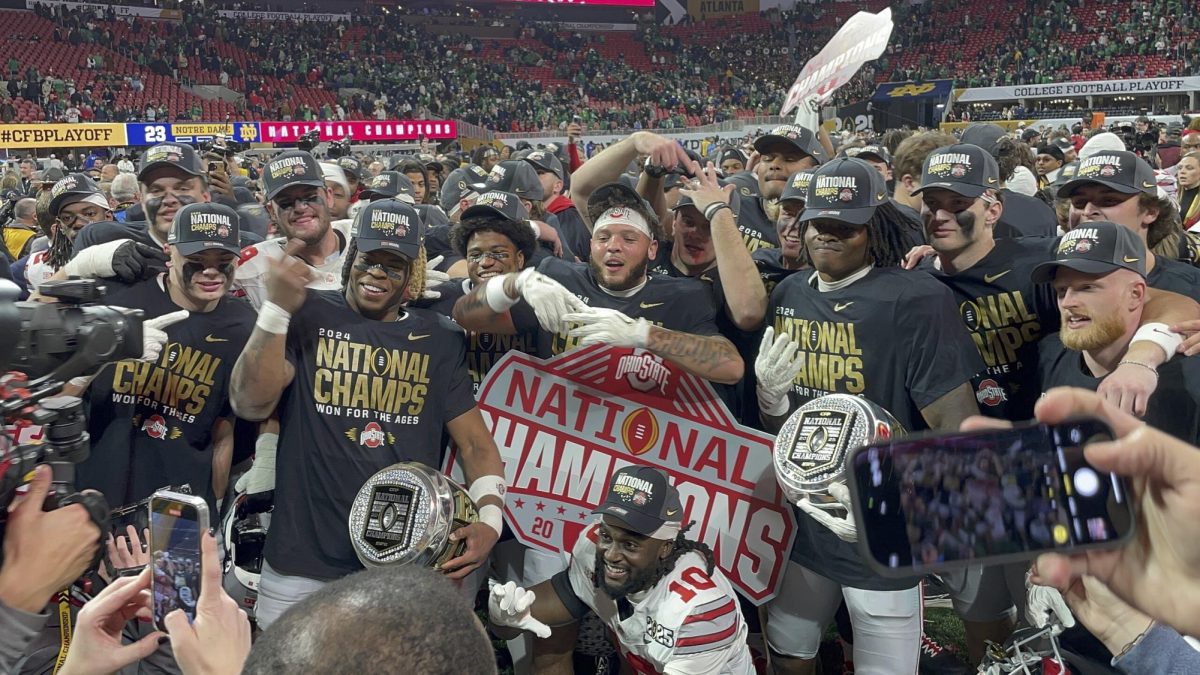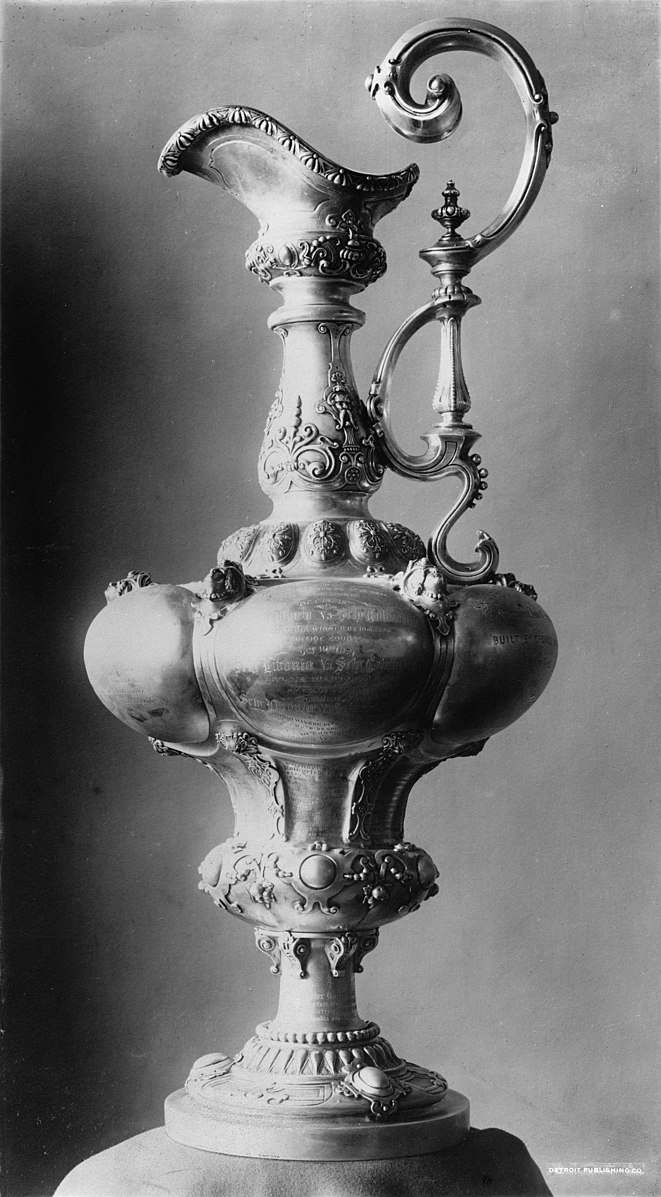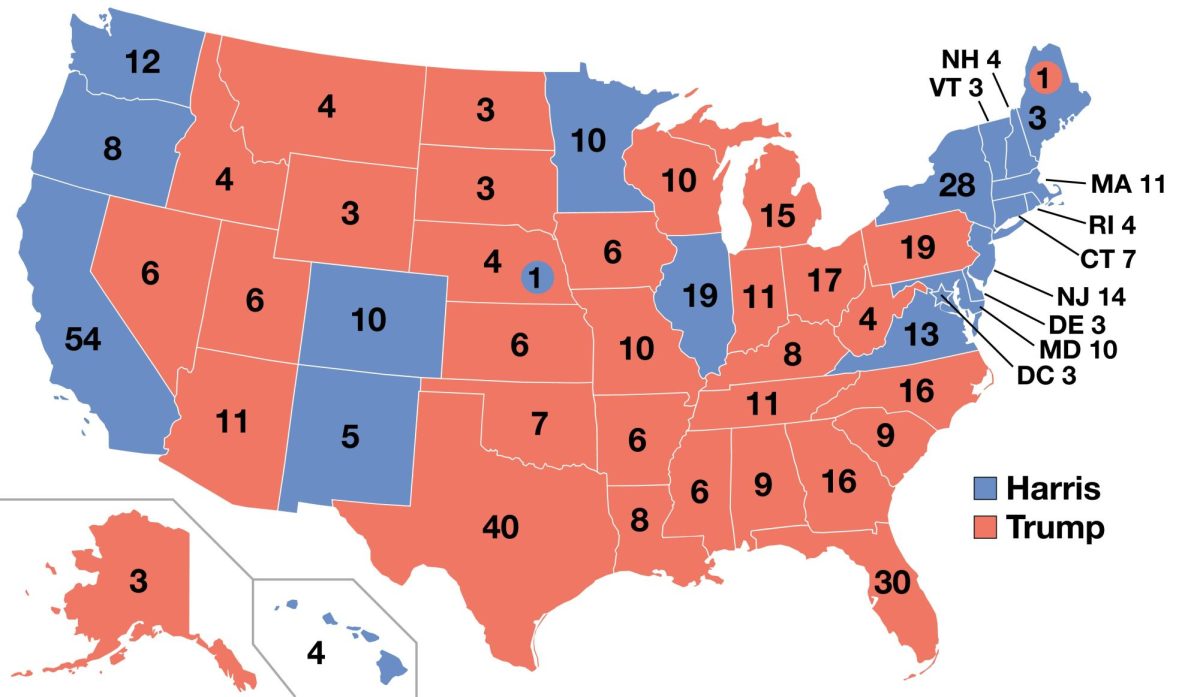Established over 200 years ago, the Electoral College was based upon the racist biases of our nation’s founders and continues to perpetuate unequal representation in presidential elections.
Codified into the United States Constitution in 1787, the Electoral College was intended to create a representative republic rather than a democracy. Despite only allowing wealthy, white, landowning men to vote, many Founding Fathers were still reluctant to create a “one person, one vote” system.
Instead, they set up an Electoral College in which each state had a predetermined number of electors equal to its number of senators and representatives. At the time, state legislatures appointed the electors, which was later changed in the 12th Amendment.
The Electoral College was also constructed to benefit slave states and states with smaller populations. The three-fifths compromise, which determined that three-fifths of the slave population was counted in states’ populations, gave plantation states like Virginia unprecedented power. It comes as no surprise that four out of the first five U.S. presidents were from Virginia.
Today, the Electoral College remains a contentious topic in American politics, and rightly so. More than any other subject, over 700 proposals have been introduced in Congress to reform or eliminate it.
As the 2016 presidential election demonstrated, it is possible for a presidential candidate to overwhelmingly win the popular vote but still lose the election. Hillary Clinton received over two million votes more than Donald Trump, yet decisively lost the Electoral College 227 to 304 votes. Thus, the Electoral College assuredly undermines the decision of the majority of U.S. citizens, contributing to public disillusionment with the election process.
Additionally, the Electoral College does not equally represent all Americans. Because all states have at least two electoral votes since all states have two senators, smaller states such as Vermont and New Hampshire are overrepresented. Larger, more densely populated states, such as California, Texas and Florida, are overwhelmingly underrepresented in the Electoral College.
For example, although California has 54 electoral votes, one elector represents 712,000 people. In contrast, in Wyoming, one elector represents 195,000 people. While 11.7% of the U.S. population lives in California, the state only holds 10% of the Electoral College votes. This disparity in representation means that not all votes “count” the same; a Californian’s vote certainly has less weight than a Wyomingite’s.
Furthermore, the “winner takes all” approach from all states, excluding Maine and Nebraska, effectively sidelines millions of votes. In solidly blue or red states, votes against the majority are effectively inconsequential. This policy also discourages voter participation and leads to feelings of disenfranchisement. If the outcome of a state is already clear, many people argue that it is pointless to vote, as their vote would not count towards the national outcome regardless.
Additionally, because some states’ electoral votes are generally guaranteed, presidential candidates often focus on a small subset of “swing states.” These battleground states, including Ohio, Florida and Pennsylvania, frequently receive outsized attention. Candidates often shape their policy to appease voters in these specific regions, regardless of whether this policy may undermine the interests of the nation.
While the United States government loves to tout the nation’s identity as a democracy, especially one that promotes equality and representation for all, the Electoral College provides a stark reminder that there is still a long way to go. The first step is to abolish the ancient, outdated system born out of white supremacy.






